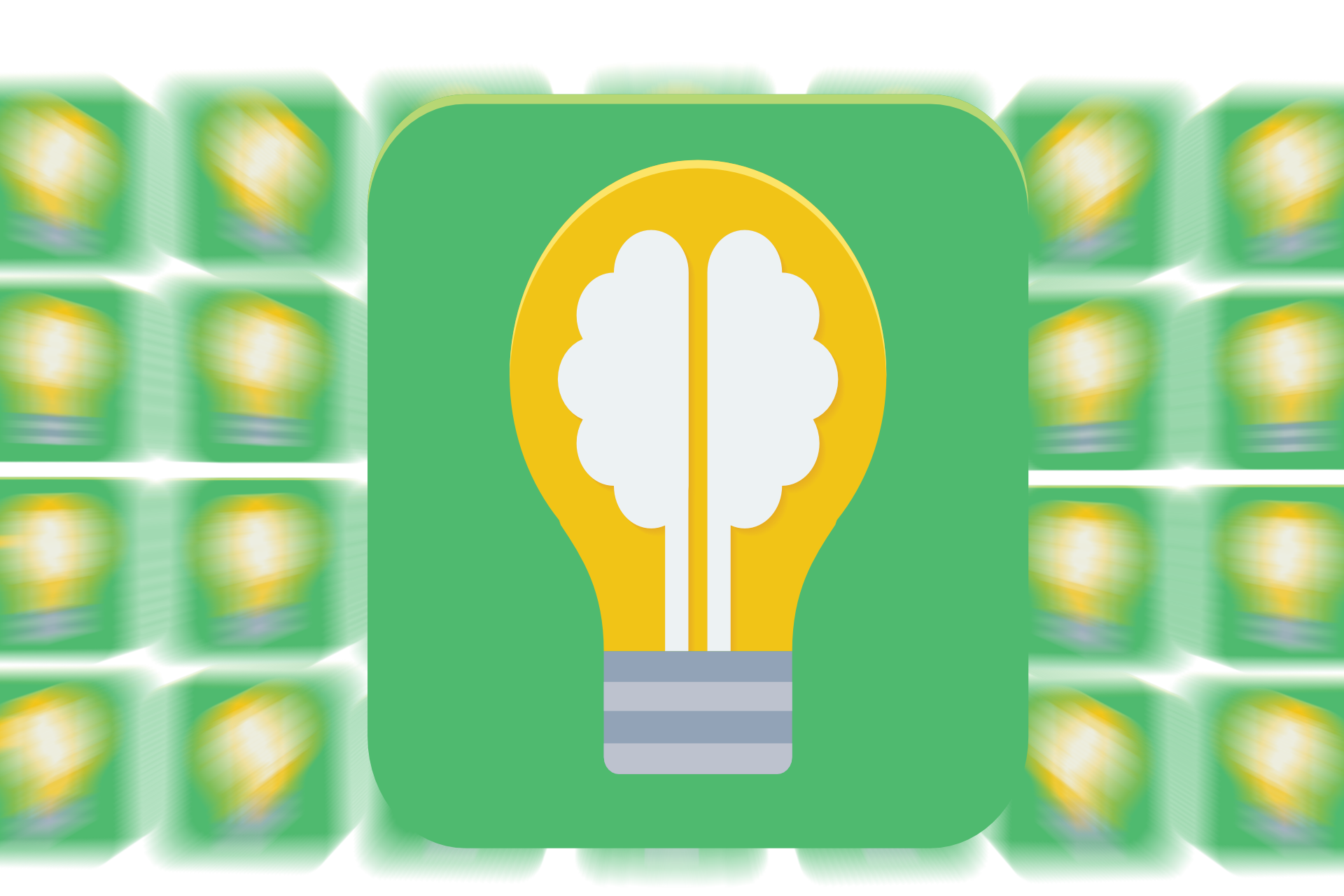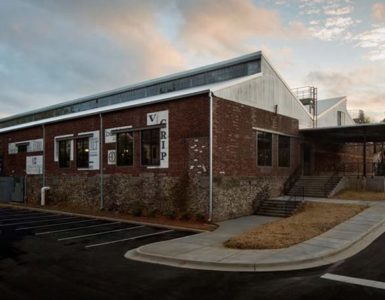Saturday morning, we wake up feeling no jet lag at all. In minutes, we’re showered and ready for breakfast at Cafe American, which is supposed to be a really huge event. Folks off the street pay $40.00 for a seat at the Cafe American breakfast table; our seats come with our room at the American Hotel.
We’re surprised, then, to find ourselves eating cold, stiff tater tots, sliced cold cuts, some not-quite-fresh sliced cheese (hard around the edges), and the usual suspects: bacon and scrambled eggs. When we pass through the line, the omlette chef is nowhere to be found; once we’re seated, he pops in, cooks an omlette or two, and then disappears again.
I do discover one interesting condiment: shaved chocolate for toast. You slice the bread, toast it, butter it up, and dust it with chocolate shavings. Tasty — but not forty bucks worth.
Today’s first stop: Dam Street. We hop one of the handy trams to Centraal Station, then make our way up the street with hundreds of other tourists and shoppers. We pass dozens of stores, many of which sell things you can’t buy in Jackson on most Saturday mornings: pot, magic mushrooms, salt and pepper shakers in the shape of erect penises … you name it.
Ultimately, we visit Himalaya, billed as the best Tarot shop in Amsterdam; it, too, fails to live up to its reputation. These days, with the exception of the shops we’ve found in tiny French towns, most stores stock the standard U.S. Games and Llewellyn decks — and that’s pretty much the case at Himalaya, too.
Still, the morning is really magical — Amsterdam has an energy and a vibe I really appreciate. Everyone we meet is really laid back and friendly.
After a cruise along the canals (the fourteen-stop Canal Bus is best, since it allows you to jump on and off all day), we grab a bite of luck along Restaurant Row, scarfing down pretty good minnestrone, pizza, and pasta at Antonio’s.
Later, we make the pilgrimage to the Anne Frank house. The cramped, dark quarters of the "Hidden Annex" leave me feeling claustrophobic. I’m unprepared for the psychological impact of the visit — especially the last room, which reveals the fate of each person who hid there along with Anne.
The museum now incorporates a fascinating exhibit: Free2Choose. Audience members sit in a small theater; a video projector shows a three-minute films that pose awkward questions about freedom and democracy. After three minutes of, say, Roman Catholic authorities saying "Homosexuals make us sick; they should be put away!", the audience is asked, "Do you agree?" From your seat, you vote by pressing a red or green button. (80% of our fellow sightseers disagreed with the Catholics, by the way.)
That sort of question seems fairly straightforward … but things quickly become complicated. Should Holocaust deniers be free to publish web sites spreading their hatred of Jews? Should bookstore owners have the right to refuse to sell books they don’t agree with? Should a religion that teaches that other religions are evil be allowed to spread its doctrines freely? The list goes on and on.
I leave the exhibit thinking about freedom. America likes talk of freedom, but we don’t seem, especially these days, to like the realities raised by it. Compared to the Netherlands, with its legal gay marriage, widespread incorporation of nudity in advertising and decoration, unrestricted access to legal drugs and taxed prostitution, America comes off as positively Puritan.


Add comment